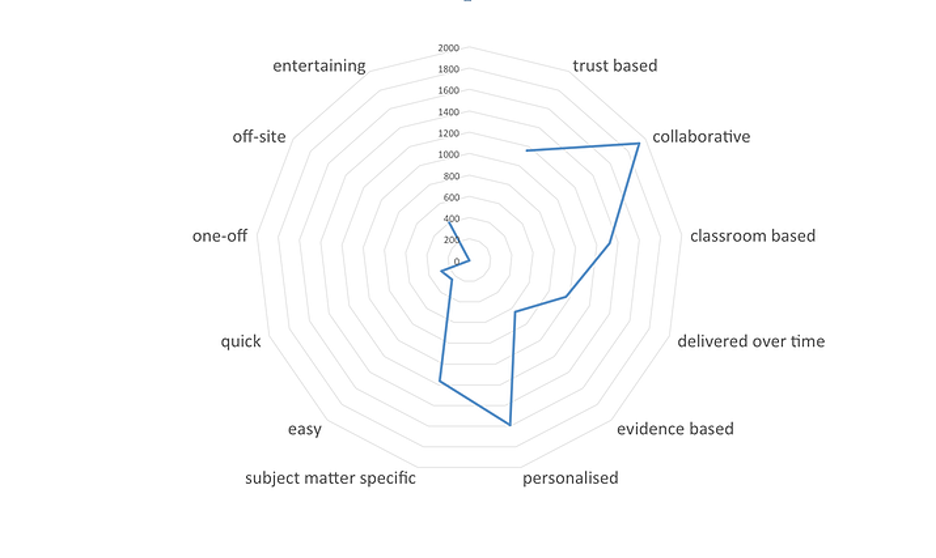Written by Christophe Mullings
1. Create a shared vision about what great teaching and learning looks like
How can a teacher move towards being better at what they do when they don’t know what that looks like?
Giving teachers the opportunity to see great teaching in action is a powerful learning experience. Using video to build a bank of shared practice clips can help overcome time and cost barriers of releasing teachers from lessons to observe one another. Ensuring the data security and permissions of these videos is vital.
2. Create a common language
Find ways to build a picture of the quality of teaching and learning over time using a range of data and intelligence sources. The lesson observation process is then part of a range of tools to monitor quality and can be moderated in a way that builds trust. Read Coach and Education Consultant, Mike Fleetham’s, 7 tips on making observation’s more formative.
3. Provide opportunities for regular peer observation
Observations are excellent learning opportunities for both the teacher and the observer.
a. For the observer – you may wish to see a colleague modelling a particular teaching strategy to gain a deeper understanding of the strategies the teacher used and the decisions they made, making the tacit explicit.
b. For the teacher – you may wish to gain lesson observation feedback and possibly coaching from your peer observer to help you to embed, develop or refine a strategy or practice.
4. Consider cross department 360 observations
Teachers in different departments may rarely cross paths in their day to day. Peer observation of a different subject specialist or students you teach in another setting may unlock plenty of interesting insights and learning opportunities.
5. Ask your teachers what they want
Ask what your staff find valuable and what they don’t. What type of development opportunities do they need? Who would they like to observe and who would they value feedback or coaching from? Engaging teachers in decisions will create buy-in to the process and avoid wasting time and money on activities that teachers don’t enjoy or find useful. An informal survey of 1,000 teachers, conducted by IRIS Connect UK, showed the PLD they want and value: what about your teachers?

6. Focus on specifics, not generalisations
Developmental observations should look at specific teaching strategies or elements of a lesson rather than the lesson as a whole. For example, look only at questioning, feedback, wait time or a specific student’s learning. This will ensure that the follow up discussion or feedback is focused on specific areas for improvement.
7. Take the opportunity to record and revisit
The effectiveness of lesson observation feedback diminishes over time following an observation. In the busy life of a teacher, it’s near impossible to accurately recall specifically what happened in a lesson last week. Recording lessons and feedback allows you to revisit and learn from the experience time and time again, turning one lesson into multiple learning opportunities.
8. Equip teachers with effective discussion points
Developing a set of questions that will keep post-observation discussions focused and to help the teacher dig deeper into teaching and learning can be a helpful resource.
9. Improve lesson observation feedback
Make sure your staff are provided with the tools and training to provide effective developmental observations. Objective setting, focusing on specific observable behaviours, identifying next steps and putting the teacher’s development at the centre of lesson observation feedback is vital.
10. Enable self-observation
“It is the actual experience of being more effective that spurs them to repeat and build on the behaviour” (Michael Fullan, 2012).
Being able to reflect on yourself the same ways that your students or an observer sees you, can help you to gain much more insight into the impact you have as a teacher. This deeper understanding makes professional conversations and lesson observation feedback more productive. Using video is like holding a mirror up to your teaching practice and is a very powerful tool for teacher reflection.
11. Widen your professional learning network
Why restrict the observation process to within your school? If you want to use observations as a developmental tool, then look beyond your school gates. Use your links with other schools to share practice, peer observe and collaborate with teachers in your Kāhui Ako, or other schools.

